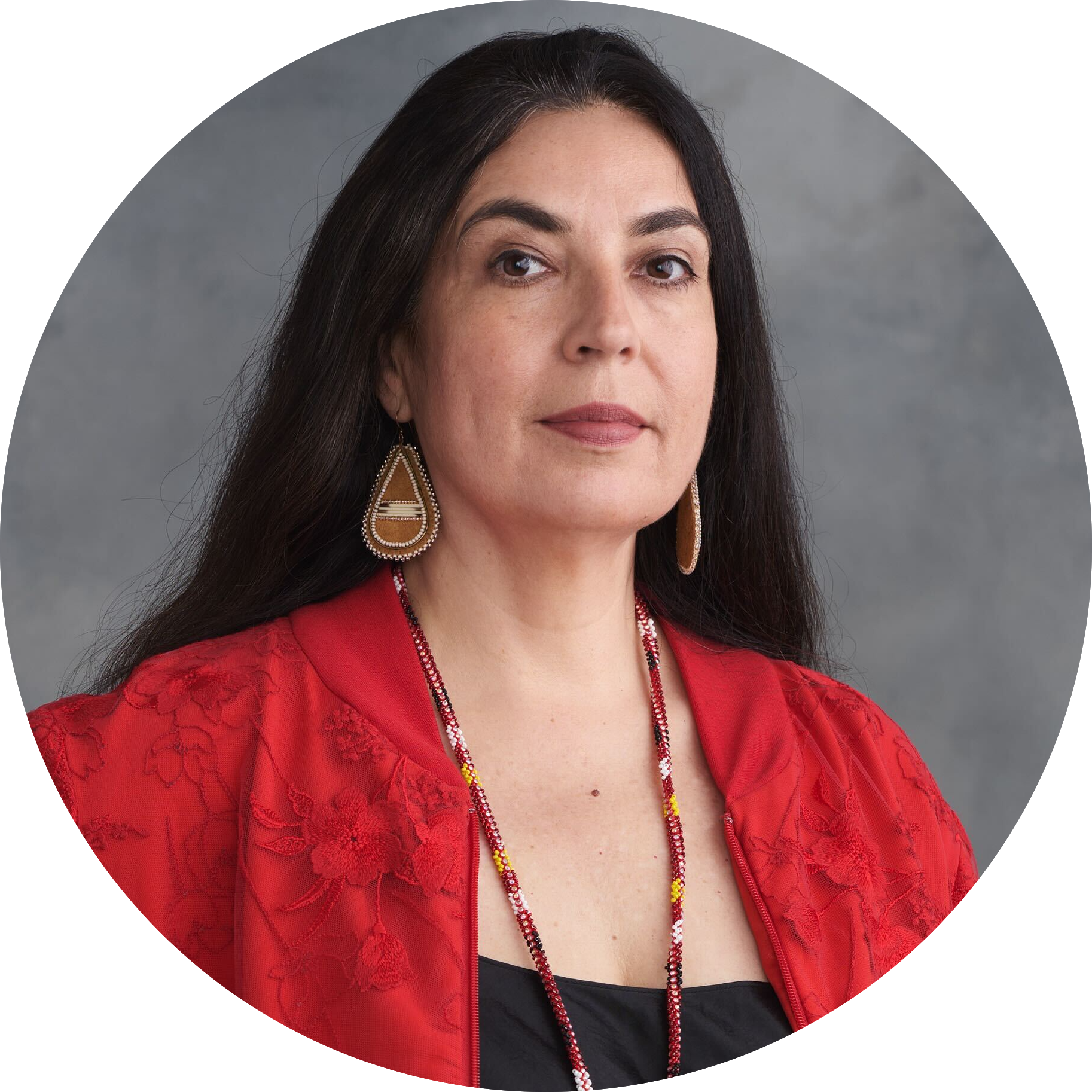
What Carney’s win means for environment and climate issues in Canada
Mark Carney and the Liberals have won the 2025 election. Here’s what that means for...
Oilsands monitoring programs aren’t quite living up to expectations.
That was the conclusion presented by a six-person expert panel in Edmonton on February 22.
The two organizations that were examined — the Joint Canada-Alberta Plan for Oil Sands Monitoring (JOSM) and Alberta Environmental Monitoring, Evaluation and Reporting Agency (AEMERA) — have improved in performance in recent years, according to the review.
But the organizations have largely failed at actually conducting analysis of the data collected about the four component areas: air, water, wildlife contaminants and toxicology, and biodiversity and land disturbance.
In addition, both JOSM and AEMERA have lacked clear mandates, a fact that has “severely hampered” success.
“The work of the Panel was made more challenging by the absence of an overarching document that clearly articulates the policy and scientific goals of the Governments of Canada and Alberta for oil sands monitoring,” according to the report, which was commissioned by AEMERA and Environment and Climate Change Canada.
Such revelations didn’t come as much a shocker for Martin Olszynski, assistant professor in law at University of Calgary who specializes in environmental and natural resources law.
“As someone who’s tried to use the data that’s been generated, I wasn’t surprised at all,” he says. “It’s very hard for anyone without training in all of the metrics. It’s very technical data that someone like myself — and I’m not a total novice when it comes to this — couldn’t make heads or tails of.”
AEMERA was established after Bill 31 — also known as the Protecting Alberta’s Environment Act — received royal assent in December 2013. Prior to then the JOSM handled the monitoring, evaluation and reporting activities.
But the hand-off of responsibilities to AEMERA hasn’t been straight-forward. The new organization, which receives most funding from industry, works with a limited budget of $50 million and has gone through three chiefs executives since its inception.
The province’s auditor general also shamed the organization in his October 2014 report for a lack of clarity and failure to include key details in reporting.
To be sure, the panel’s review praised data collection by the two organizations. Clarkson University’s Philip Hopke, who served as chair of the panel, gave the programs a ‘B’ grade at the press conference. There have been increases in sampling sites, frequency of sampling and geographical coverage.
Olszynski says it’s “mostly a good news story.”
But the data collected between 2012 and 2015 still hasn’t been processed or published in a way that can be understood by the public. It’s a problem that was predicted back in a June 2011 report by the Alberta Environmental Monitoring Panel, which emphasized that “monitoring by itself is not sufficient.”
“The value that the environmental monitoring system brings to stakeholders will only be fully realized with appropriate information dissemination activities,” noted the authors of the report.
It’s an issue that Olszynski has observed for a long while. He says the translation of information to something that laypeople can understand is imperative to the success of the program.
An associated problem is that AEMERA isn’t yet a “household name,” meaning reporting that carried politically negative news (say, as a hypothetical, increased air pollution in a certain site) could be more easily muffled.
“Unfortunately, because they haven’t done that work to transmit that information that average Albertans and other stakeholders can use, my fear is that if tomorrow Alberta said ‘yeah, we understand this but we’re just not prepared to go ahead with this,’ I don’t think there would be much of a fuss that they would kick up,” he says.
Fred Wrona, vice-president and chief scientist at AEMERA, noted earlier this month that the organization is preparing to present findings this fall. In addition, AEMERA will be increasing staff numbers from 85 to 130 in the coming years.
The panel noted the utility of the information portal could be boosted with additional funding. However, Olszynski’s skeptical of the likelihood of “significant investments and resources” being directed towards the organization given current economic circumstances.
“I’m not sure it’s going to happen in the next couple of years,” he says. “That’s maybe forgivable.”
“But at least stay the course, don’t abandon the thing entirely,” he advises. “Keep it working as it is. It would be nice to have that comprehensive analysis now, but it’s not the end of the world if we don’t, and other people can maybe step up. But don’t stop collecting that data or doing the actual work of monitoring.”
Get the inside scoop on The Narwhal’s environment and climate reporting by signing up for our free newsletter. When I visited my reserve, Moose Factory,...
Continue reading
Mark Carney and the Liberals have won the 2025 election. Here’s what that means for...

An invasive pest threatens the survival of black ash trees — and the Mohawk art...

Xatśūll First Nation is challenging B.C.’s approval of Mount Polley mine’s tailings dam raising. Indigenous...

